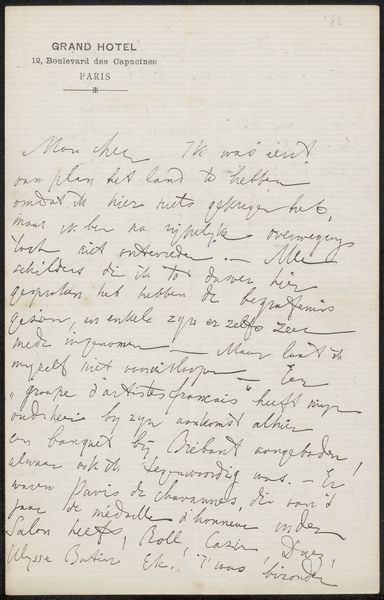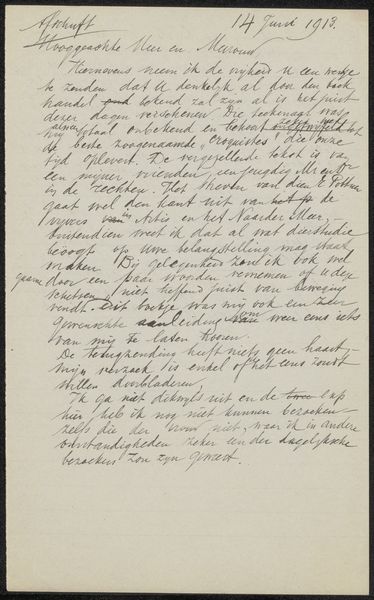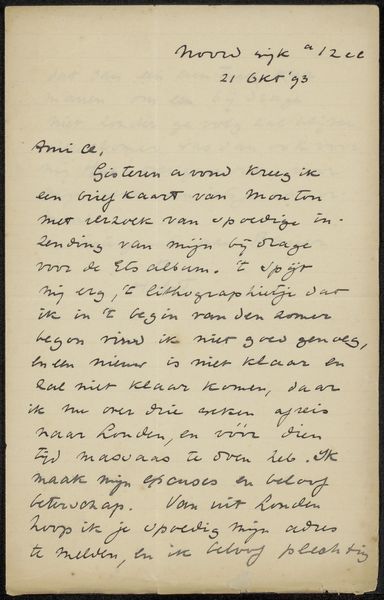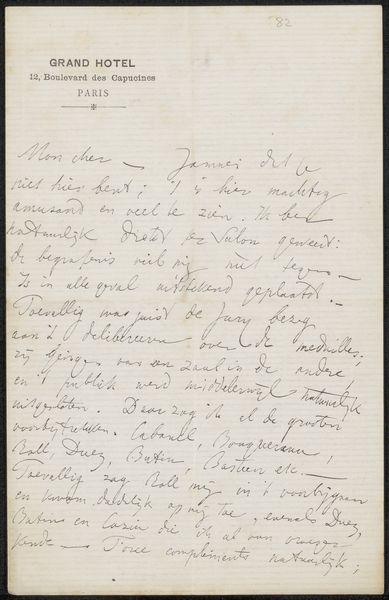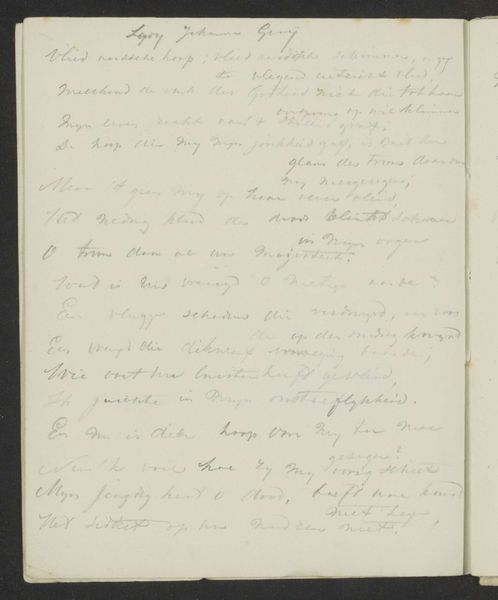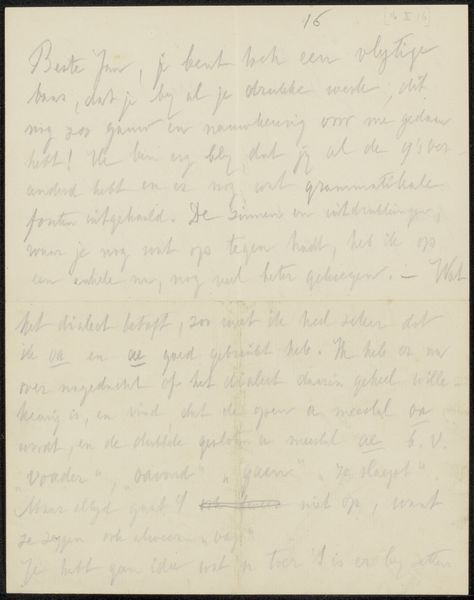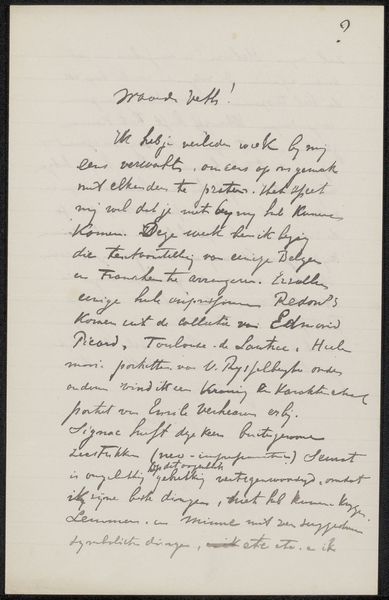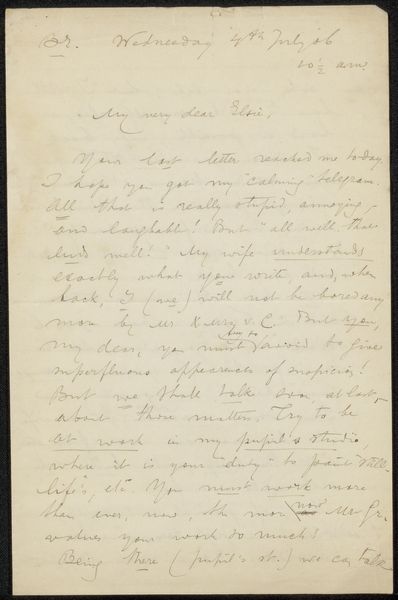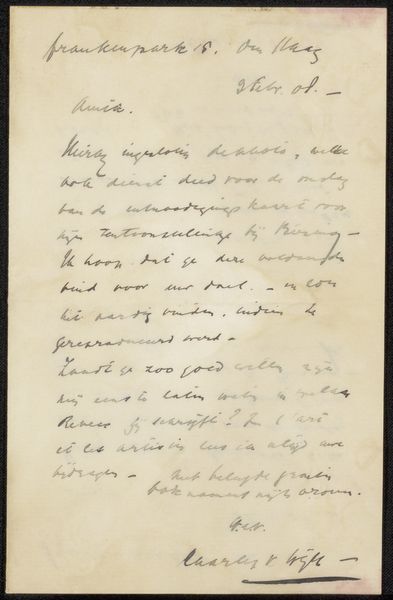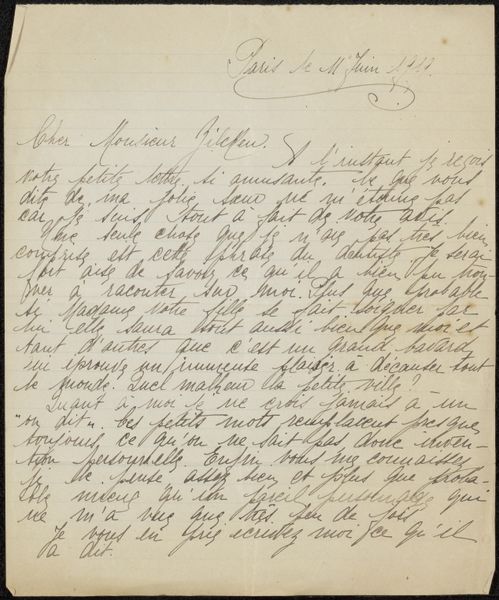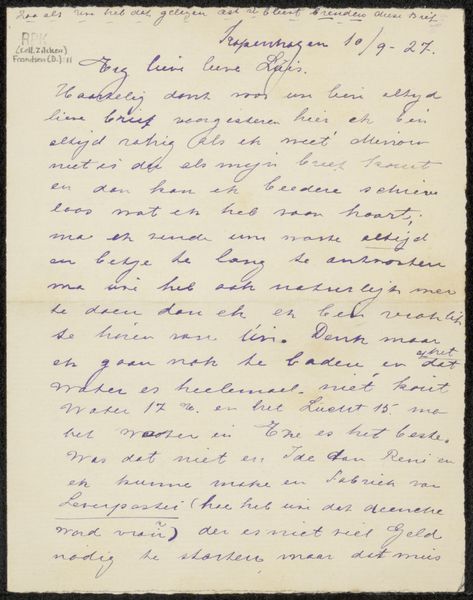
drawing, paper, ink, pencil
#
portrait
#
drawing
#
sketch book
#
paper
#
ink
#
pencil
#
modernism
Dimensions: image: 14 x 5 cm (5 1/2 x 1 15/16 in.) support: 22 x 13.6 cm (8 11/16 x 5 3/8 in.)
Copyright: National Gallery of Art: CC0 1.0
Alfred Stieglitz made this photogravure of Morris Loeb's poem at the turn of the 20th century, in the United States, a time of rapid industrialization and growing social inequality. This era saw the rise of photography as an art form, challenging traditional notions of what constituted "high art." The poem, handwritten and captured through Stieglitz's lens, presents a seemingly innocent rhyme. Yet, its references to race and cultural identity hint at the complex social dynamics of the time. The poem's casual use of racial stereotypes reflects the prevalent attitudes and biases that shaped American society. Institutions like schools and the art world often reinforced these norms, consciously or not. As historians, we examine such works by researching the cultural context, the artist's biography, and the social attitudes of the time. By understanding these elements, we can better interpret the poem's meaning and its reflection of the historical context in which it was produced. The poem reminds us that art is deeply embedded in its social and institutional context.
Comments
No comments
Be the first to comment and join the conversation on the ultimate creative platform.
